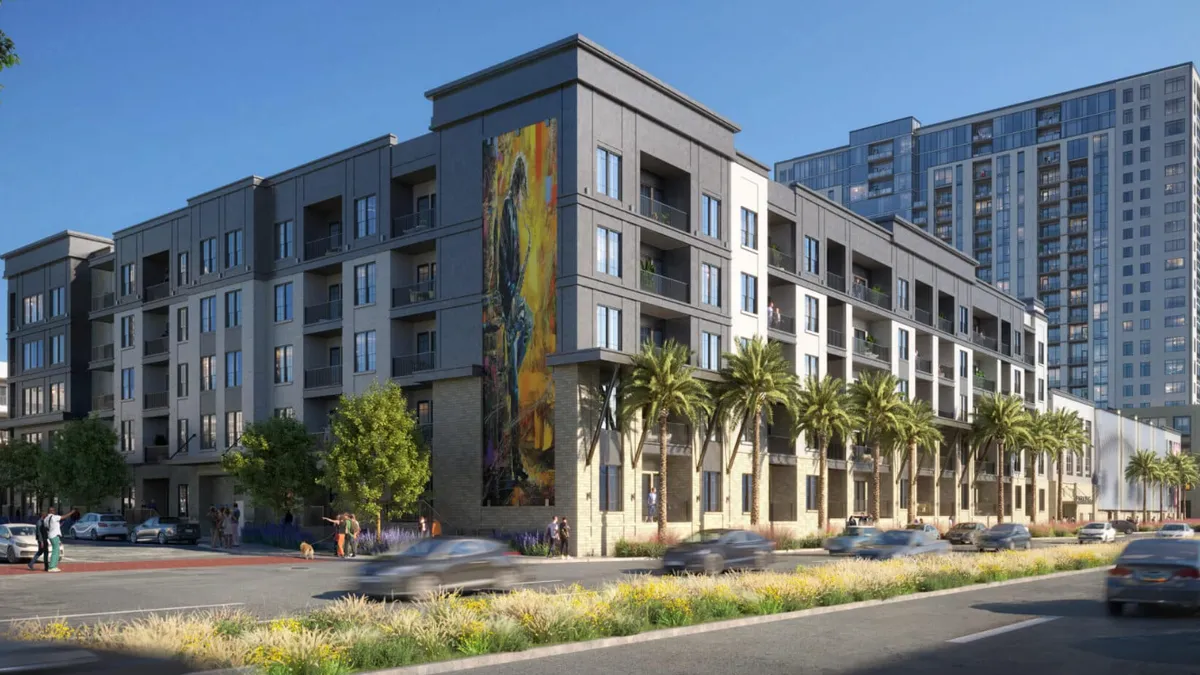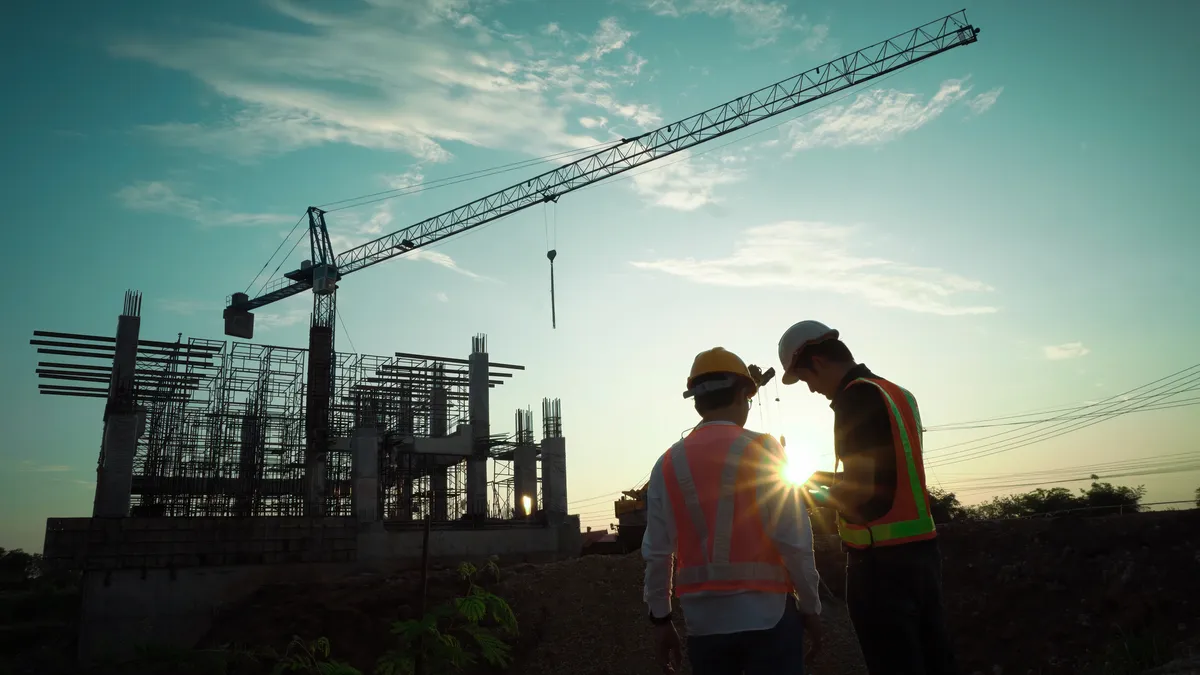Skyrocketing apartment rents might be the best thing to happen to home sales this year.
Zillow reported last week that not only are rents raising the roof in trendy urban markets like Seattle, Boston, and Los Angeles; they’re pricing potential tenants out of house and home in smaller metros like Kansas City, where those monthly fees are increasing at twice the national pace.
The likely result: Would-be tenants will realize that in a growing number of cities, it’s cheaper to own a home than to rent one, an epiphany that could finally move those important first-time buyers into homeownership, a club that craves youthful members.
But it’s not so easy for the one-third of Americans who rent instead of own to make the switch when upward-spiraling rent payments make it next to impossible to save for a down payment on a home. In fact, notes Zillow Chief Economist Stan Humphries, rents have grown almost twice as fast as incomes for 15 years.
The rental market, Humphries says, “could be acting … like a barrier to buying.” And that’s no good for homebuilders or for the economy, which historically have relied on first-time buyers for 38% to 40% of home purchases. Since the recession, that balance has tipped toward the low end by as much as 10 percentage points.
Why millennials might move
Still, economists are generally optimistic that 2015 will be the year those 20- and 30-somethings turn from tenants to title-holders. High rents will be one catalyst, but there are others. CNN Money reports:
1. It’s getting easier to qualify for a mortgage. The rare millennial who is willing to invest in real estate has often been turned away by mortgage lenders who, since the financial crisis, have adhered to strict credit standards that few young consumers could meet.
But Fannie Mae and Freddie Mac took the lead in December to make it easier for first-time buyers to own homes by backing loans with 3% down payments, and many banks have jumped on board.
2. The inventory of starter homes is ramping up. In anticipation of the return of the first-time buyer, some homebuilders are fixing their focus on smaller homes in less-expensive communities that these entry-level owners can afford.
Homebuilder D.R. Horton, for example, is building no-frills homes to sell for $120,000 to $150,000—about half of the big builder’s usual price.
3. Home prices are settling down. Home prices in cities around the country have grown by an average of 25% over the past three years, according to NAR’s chief economist, Lawrence Yun. But the pace of that growth is slowing, economists say.
And with more inventory for first-timers about to hit the market, supply will start to catch up with demand—which could force prices into more affordable territory, even in the hottest of markets, like Washington, DC, San Jose, and Seattle, CNN Money reports.
4. The mortgage rate increase will be minimal. Industry wisdom points to an inevitable increase in interest rates in 2015, but economists have agreed that they’ll peak below 5%—higher than today, but still historically low.
Even an increase from 4% to 4.5% would add only $60 a month to the monthly payment on a $200,000 mortgage.
It’s already starting
It appears the millennials’ march to become mortgage-holders has already begun, according to a Los Angeles Times compilation of the latest statistics:
• First-time house hunters made up 57% of those who toured homes with Redfin agents in January, and the real estate brokerage’s homebuyer education classes for newcomers were 27% fuller last month than in January 2014.
• Real estate agents across the country say they’re seeing more activity than usual among first-time, would-be homeowners, according to the Campbell/Inside Mortgage Finance HousingPulse Tracking Survey. And they estimate that new homeowners made 36.3% of purchases in December.
Also, another Redfin survey shows that nearly 40% of millennials said they have—or they would—delay their weddings or honeymoons so they could afford to buy their first homes.
They’re not in a hurry
Despite the positive signs, millennials aren’t rushing to the settlement table.
In fact, an NAHB analysis earlier this month showed that while 90% of those born between 1980 and 1984 moved out of their parents’ homes by the time they turned 27, half of them eventually returned to live with mom and dad again.
Those young adults are expected to eventually “re-launch”—or move out again. And when they do, NAHB Chief Economist David Crowe predicts, they’re likely to buy homes.
“This age group is delaying what we think of as typical milestones,” he says, suggesting there may be a pent-up demand for homebuying among millennials that will make a big difference to the housing market within a few years.

















